Self-portraiture is an important and timeless genre of art, allowing artists to explore and express their identities, personality, and emotions. However, creating a traditional self-portrait using paints, pencils, or other mediums can be challenging and intimidating, especially for beginners. This is where collage comes in – a versatile and accessible art form that involves assembling different materials and images to create a cohesive composition.
In this blog post, we will explore the world of self-portraits through the lens of collage.
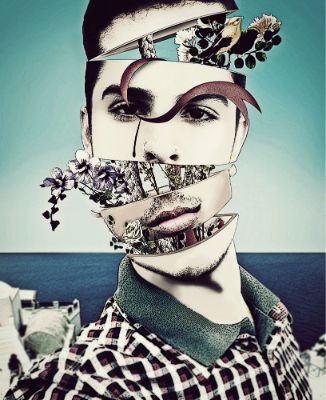
Whether you’re an experienced artist looking to try something new or a beginner looking for a creative outlet, this guide will provide tips, techniques, and inspiration to create a self-portrait collage that reflects your unique style and personality. So gather your materials, and let’s get started!
The Importance of Self-Portraiture Collage in Art
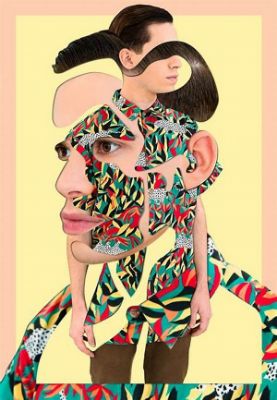
Self-portraiture has been a popular genre of art for centuries, and good reason. It offers a way for artists to express their inner selves and allows them to explore and experiment with different techniques and styles. Here are some reasons why self-portraiture is important in art:
Self-Expression: Self-portraiture allows artists to express themselves personally and reflectively. By creating a self-portrait, an artist can convey their emotions, experiences, and personality to the viewer, creating a unique and intimate connection.
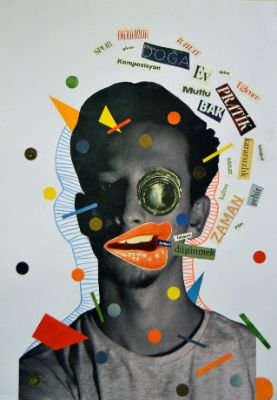
Self-Exploration: Self-portraiture can also be a form of self-exploration and reflection. By creating a self-portrait, artists can examine their identity, values, and beliefs and use their art as a personal growth and development tool.
Technical Skill Building: Self-portraiture can be challenging and rewarding for artists to improve their technical skills. By creating a portrait of themselves, artists can practice and experiment with different techniques, such as shading, composition, and color theory.
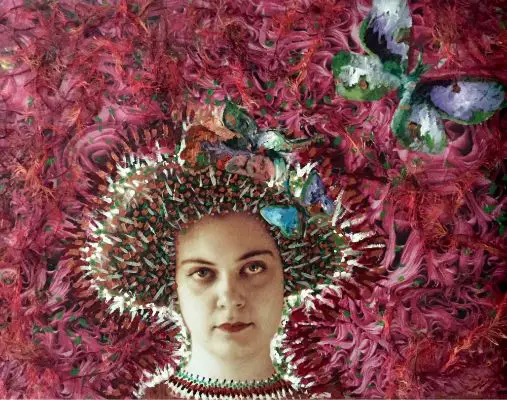
Historical Significance: Self-portraiture has played an important role in art history, with many famous artists using the genre to create iconic and influential works. By creating a self-portrait, an artist can become part of this rich artistic tradition and contribute to the ongoing conversation about the importance of self-expression and self-exploration in art.

Mixed Media Portraits Collage
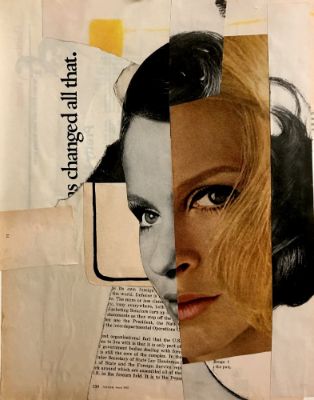
Here are some examples of mixed-media portraits:
Layered Paper Portraits

These portraits are made by layering magazine clippings and painting on each other to create a textured and colorful portrait. The magazine clippings can add details and patterns to the portrait, while the paint blends and unifies the layers.
Digitally Altered Photos

These portraits are created by manipulating digital photos and collaging them with paint and embroidery. Digital manipulation can add a surreal or otherworldly quality to the portrait, while the paint and embroidery add texture and depth.
Textured Portraits

To create a textured and unique portrait, these portraits use a mix of materials, including wood, fabric, and found objects. The different materials can be layered and arranged to create depth and interest while also reflecting the personality and style of the subject.
Painted Portraits
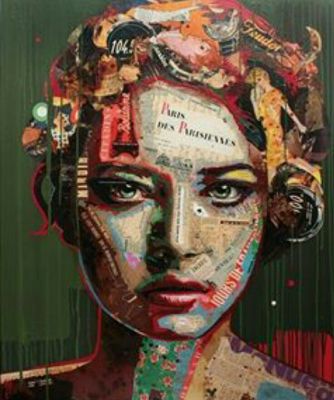
These painted portraits are embellished with gold leaf and ink drawings to create a luxurious and intricate portrait. The gold leaf can highlight specific areas of the portrait, while the ink drawings add detail and interest.
Hand-Drawn Portraits
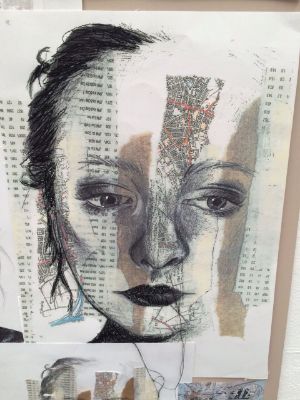
Layered with Colorful Paper Cutouts and Calligraphy These portraits are created by hand-drawing the subject and then layering the drawing with colorful paper cutouts and calligraphy. The paper cutouts can be used to add texture and dimension to the portrait, while the calligraphy can be used to add a personal touch or message.
Mosaic-Style Portraits
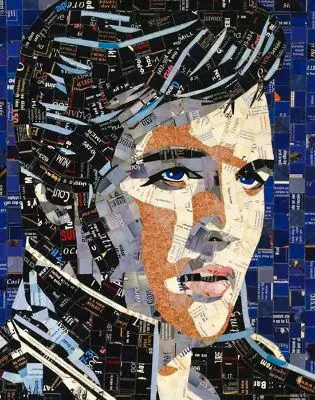
Created with Small Tiles, Beads, and Glass Pieces These portraits are made by arranging small tiles, beads, and glass pieces into a mosaic-style portrait. The different materials can be arranged to create intricate patterns and textures while also reflecting the subject’s features and personality.
Textile Portraits
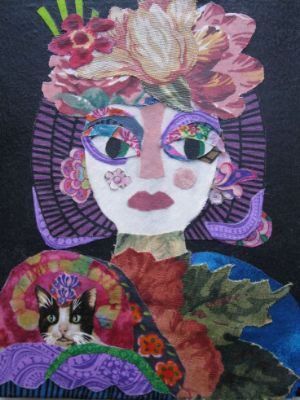
Combining Embroidery, Applique, and Painting These textile portraits combine embroidery, applique, and painting to create a textured and colorful portrait. The different techniques can add detail and interest to the portrait while allowing for various styles and expressions.
Found Object Portraits

Made with Recycled Materials Such as Bottle Caps, Buttons, and Wire. These portraits are created using recycled materials like bottle caps, buttons, and wire to create a unique and eco-friendly portrait. The different materials can be arranged and manipulated to create a textured and personalized portrait while also reflecting the subject’s personality and style.
Unique Self-Portraits Collage
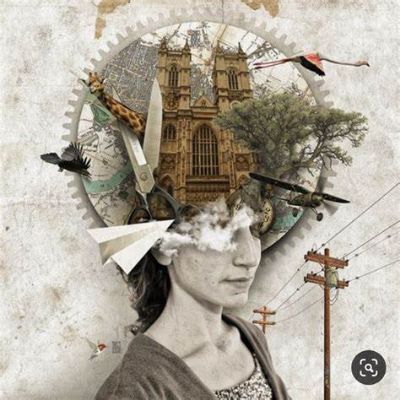
Surrealist Self-Portraits
These portraits are characterized by dreamlike qualities, unexpected juxtapositions, and blending of the real and the surreal.
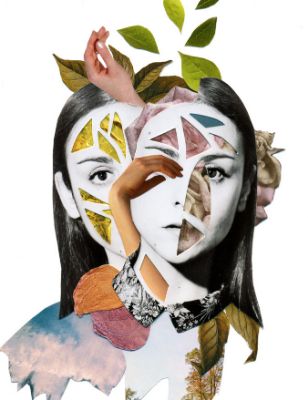
Environmental Self-Portraits
These portraits are created outdoors and incorporate natural elements such as trees, rocks, and water to create a harmonious relationship between the subject and the environment.
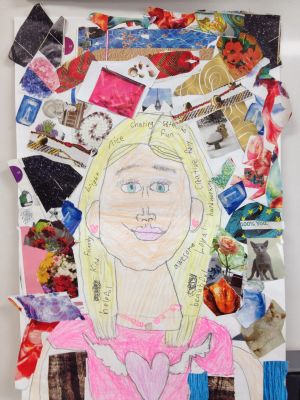
Body Art Self-Portraits
These portraits use the human body as a canvas and involve painting, drawing, or sculpting the body to create a unique and expressive self-portrait.
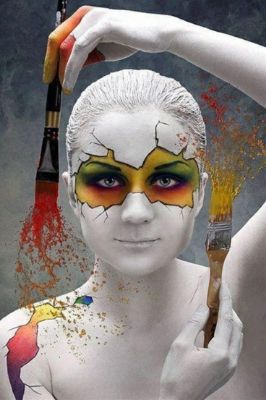
Shadow Self-Portraits
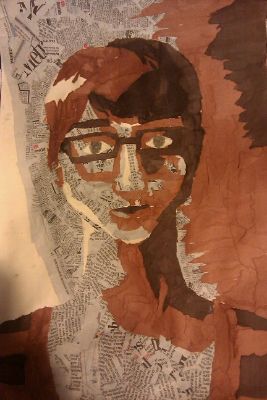
These portraits focus on the subject’s silhouette, often incorporating dramatic lighting to create a striking and moody image.
Double Exposure Self-Portraits
These portraits are created by blending two images, often the subject’s portrait and another image, such as a landscape or a texture, to create a unique and layered self-portrait.
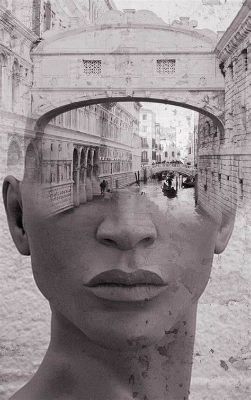
Abstract Self-Portraits
These portraits emphasize color, shape, and texture, often using various painting techniques and abstract forms to create a dynamic and expressive self-portrait.
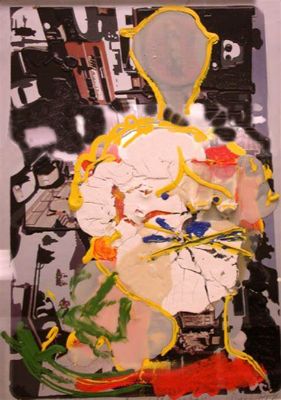
Performance Art Self-Portraits
These portraits involve the subject performing in front of the camera, using movement and emotion to create a unique and dynamic self-portrait.
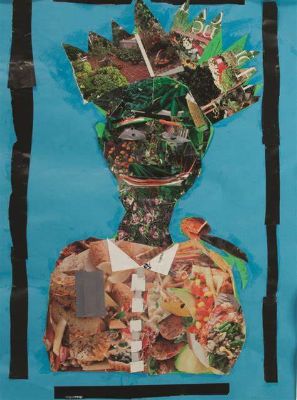
Fantasy Self-Portraits
These portraits involve creating an alternate reality, often using costumes, props, and digital manipulation, to create a whimsical and fantastical self-portrait.

Photobooth Self-Portraits
These portraits are captured in photobooths, often incorporating playful props and poses to create a spontaneous and fun self-portrait.
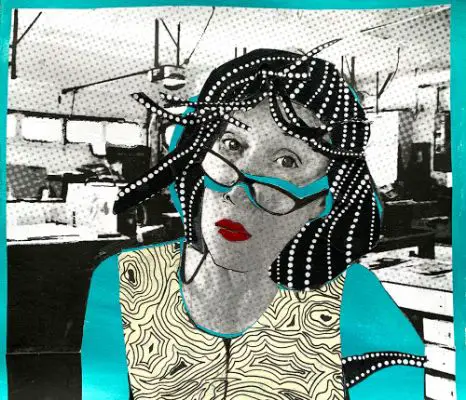
Self-Portrait Painting Ideas
Impressionist Self Portrait
This painting uses loose brushstrokes and vibrant colors to create an impressionistic self-portrait that captures the subject’s essence.
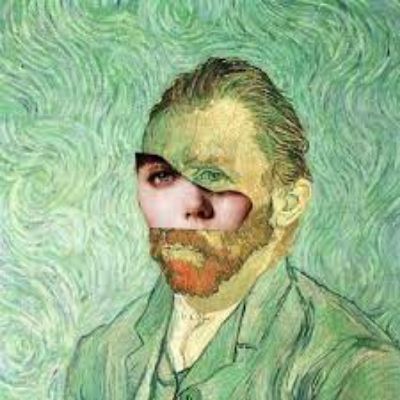
Cubist Self Portrait
This painting idea involves breaking the subject down into geometric shapes to create a unique and abstract self-portrait inspired by the Cubist art movement.
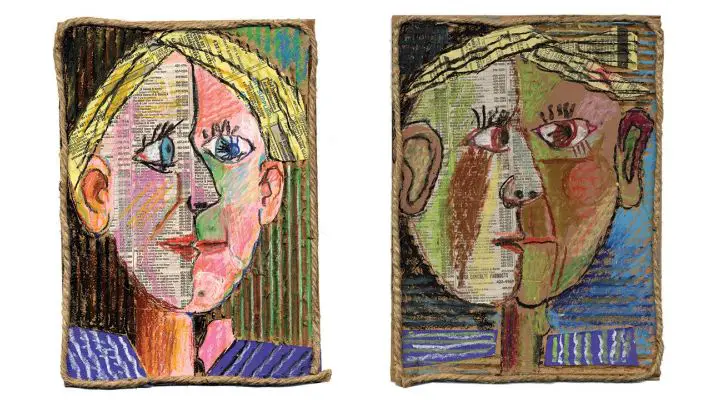
Pop Art Self Portrait
This painting idea involves using bold colors and graphic design techniques to create a pop art-inspired self-portrait that is fun and playful.
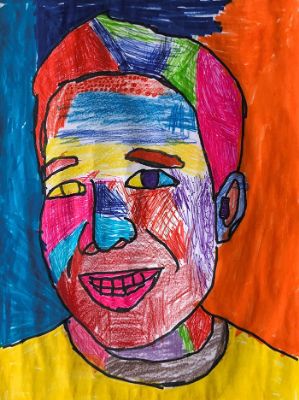
Realistic Self Portrait
This painting idea captures the subject with incredible detail and realism, creating a self-portrait almost like a photograph in its accuracy and attention to detail.
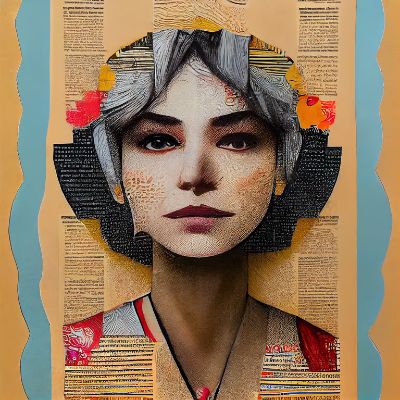
Self-Portrait Ideas Drawing
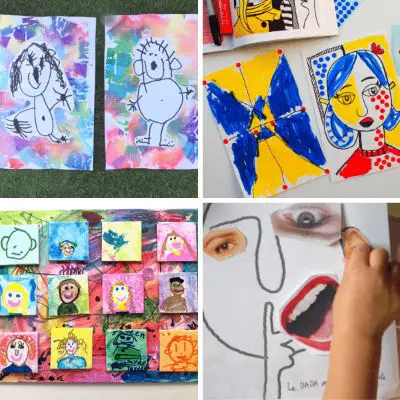
Blind Contour Self-Portrait
This idea involves drawing a self-portrait without looking at the Paper, creating a unique and expressive image that captures the subject’s essence.
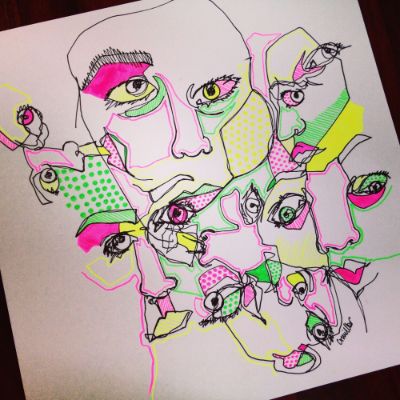
Charcoal Self-Portrait
This drawing idea uses charcoal to create a moody, textured self-portrait, using shading and smudging techniques to create depth and contrast.
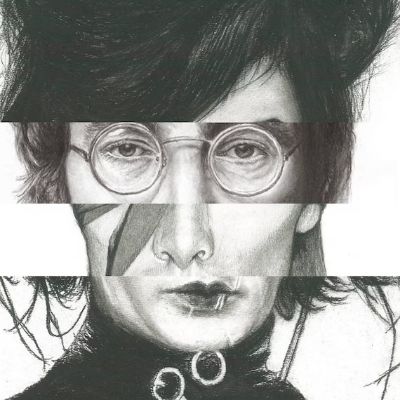
Cartoon Self-Portrait
This drawing idea involves creating a cartoon-inspired self-portrait, using bold lines and bright colors to create a fun and playful image full of personality.

Ink Self-Portrait
This drawing idea uses ink to create a bold and dramatic self-portrait, using contrast and line weight to create a powerful and expressive image.
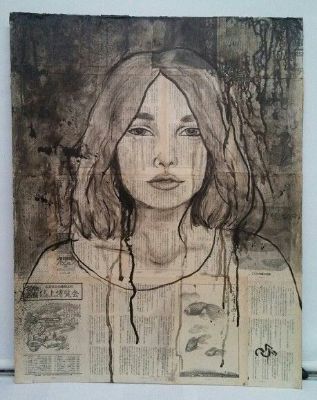
Self-Portrait Collage Lesson Plan
Here are some general steps you can follow to plan a lesson for beginners:
- Identify the topic and learning objectives: Choose a topic that is appropriate for the level of your beginners, and identify specific learning objectives that you want to achieve in the lesson.
- Determine your student’s learning style: Consider your students’ different learning styles, and plan activities and assessments that cater to those styles. For example, if you have visual learners, include diagrams or pictures in your lesson.
- Develop a lesson plan: Create a detailed plan that includes the steps you will follow to introduce the topic, teach the material, and assess understanding. Be sure to include time estimates for each activity.
- Prepare teaching materials: Gather any teaching materials you need for the lesson, such as worksheets, handouts, or textbooks. Ensure they are appropriate for the level of your beginners and aligned with the learning objectives.
- Create assessments: Develop assessments that measure student understanding of the material, such as quizzes or short answer questions. Consider giving formative assessments throughout the lesson to gauge understanding as you go.
- Practice delivery: Practice delivering the lesson and using the teaching materials beforehand to ensure you are comfortable with the material and can engage your students.
- Reflect on the lesson: After the lesson, reflect on what worked well and what could be improved. This will help you refine your teaching strategies for future lessons.
| Remember to be flexible and adjust your plan based on your student’s progress and engagement levels. |
Conclusion
Self-portrait collage is a versatile and creative medium that allows artists to explore and express their identities. Its range of techniques and materials offers endless possibilities for self-expression
